Explainer: What is an Economic Corridor?
Sometimes misunderstood as highway projects, the concept of economic corridors can be complex and confusing. Though not simple, they are powerful tools for reducing poverty and increasing economic growth.
Sometimes misunderstood as highway projects, the concept of economic corridors can be complex and confusing. Though not simple, they are powerful tools for reducing poverty and increasing economic growth.
The Myanmar government recently approved a project that will ensure the completion of the Greater Mekong Subregion East-West Economic Corridor, which stretches from Danang, Viet Nam to Yangon, Myanmar.
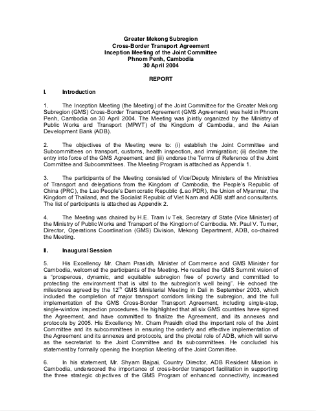
The first meeting of the Joint Committee for the Greater Mekong Subregion Cross-Border Transport Agreement was held in Phnom Penh, Cambodia on 30 April 2004. The meeting was jointly organized by the Ministry of Public Works and Transport of the Kingdom of Cambodia, and the Asian Development Bank.
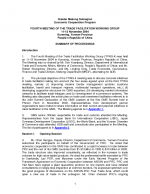
The Fourth Meeting of the Trade Facilitation Working Group (TFWG-4) was held on 11-12 November 2004 in Kunming, Yunnan Province, People's Republic of China. The Meeting was co-chaired by Mr. Sun Yuanjiang, Director, Department of International Trade and Economic Affairs, Ministry of Commerce, People's Republic of China; and Mr. Robert Boumphrey Director, and Ms. Lingling Ding, Trade Economist, Governance, Finance and Trade Division, Mekong Department (MKGF), alternating for ADB.
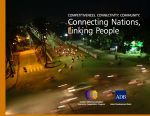
This publication outlines the GMS Economic Cooperation Program (GMS Program) which was initiated in 1992 with the support of ADB. It aims to promote economic cooperation among Cambodia, People's Republic of China (PRC), Lao People's Democratic Republic (Lao PDR), Myanmar, Thailand, and Viet Nam.
The GMS Program covers nine priority sectors: transportation, telecommunications, energy, environment, human resource development, trade, investment, tourism, and agriculture.
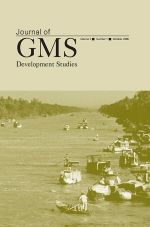
The fledgling Greater Mekong Subregion (GMS) Journal for Development Studies, published under the auspices of the Phnom Penh Plan (PPP) for Development Management, moves a step ahead with the second issue. In what might be considered as "ascending steps," GMS scholarship is moving forward, slowly but surely. The PPP's commitment is to ensure that we continue to make strides towards our goal of bridging the gap between research and capacity building and to propagate the gospel of balanced socioeconomic development in the GMS.
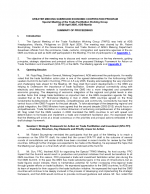
The Special Meeting of the Trade Facilitation Working Group (TWFG) was held at ADB Headquarters, Manila, Philippines on 25-26 April 2005. The meeting was chaired by Mr. Robert Boumphrey, Director of the Governance, Finance and Trade Division of ADB's Mekong Department. Seventeen officials from the commerce, trade, customs, immigration and quarantine agencies of the six GMS countries as well as ADB staff participated in the Meeting.

Collaborative infrastructure projects are undertaken in the Greater Mekong Subregion because, in theory, they help to promote greater trade and investment flows among neighboring countries.
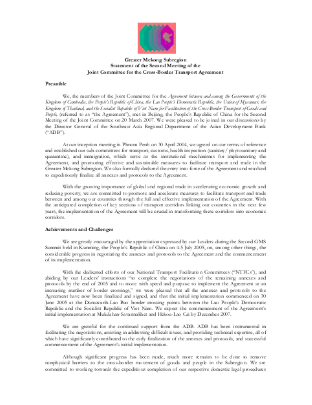
This is the statement issued by the Joint Committee for the Cross-Border Transport Facilitation Agreement in Beijing, People’s Republic of China on 20 March 2007.
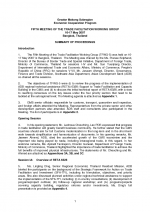
The Fifth Meeting of the Trade Facilitation Working Group (TFWG-5) was held on 16-17 May 2007 in Bangkok, Thailand. The Meeting was chaired by the Ms. Pranee Siriphand, Director of the Bureau of Border Trade and Special Initiative, Department of Foreign Trade, Ministry of Commerce, Thailand for sessions I-IV and Mr. Sun Yuanjiang Director, Department of International Trade and Economic Affairs, Ministry of Commerce, People's Republic of China (PRC) for sessions V-VII. Mr.